How Much & How Often to Water Money Trees: Care, Temperature, & Humidity
-
Lindsey Lawson
- Last updated:
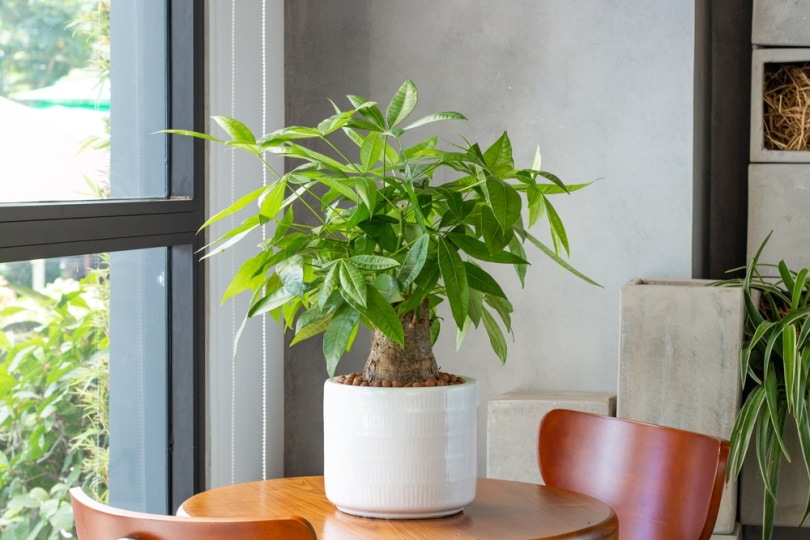
The money tree is a gorgeous, tropical houseplant that is known for its braided trunk and glossy green leaves. It was first popularized by Feng Shui practitioners and is said to be the symbol of prosperity and good fortune. In recent decades, the money tree has become a common houseplant that is highly regarded for its hardiness.
So, how much and how often should you water money trees? Well, the amount depends on pot size and the amount of soil. For the most part, money trees do well with being watered once every one to two weeks. Keep reading to learn more about the money tree’s watering requirements and other care needs.
About the Money Tree
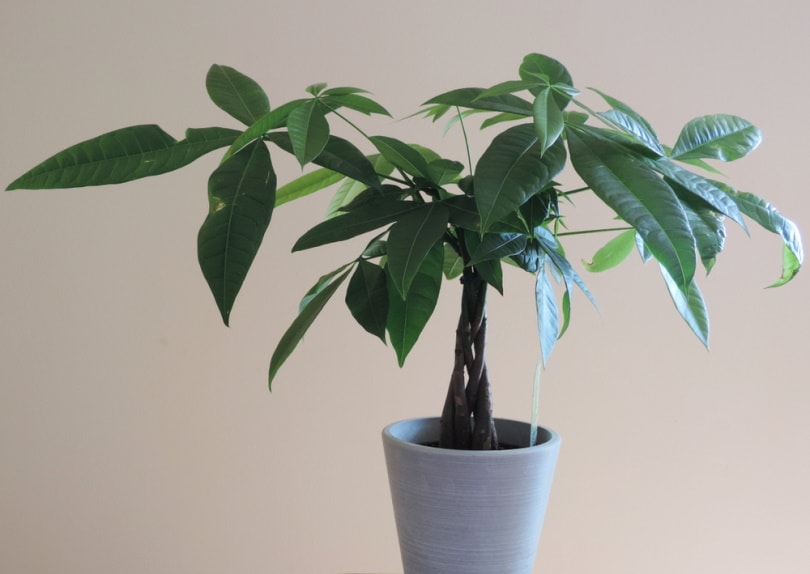
The money tree, also called the Malabar chestnut, is native to the tropical rainforests throughout Central and South America. They are most popularly used in feng shui design to help increase chi, which is the life force energy that flows through everyone and everything. They are thought to bring good luck, fortune, and overall positivity.
Money trees can grow anywhere from 6 to 8 feet tall at full maturity. Their leaves bear a slight resemblance to hands and are considered extremely lucky if they have five or more “fingers” on each. Money trees don’t always have braided trunks, though most of the trees do feature the braid.
Many parents and pet owners worry about their little ones or animals getting into toxic houseplant varieties. One of the most convenient attributes of the money tree is that they are non-toxic to both pets and people.
Caring for a Money Tree
Considering this is a tropical plant that comes from the rainforest, it is surprisingly easy to care for and makes a great plant even for those that are inexperienced. Here we’ll take a look at the care requirements for the money tree.
Watering the Money Tree
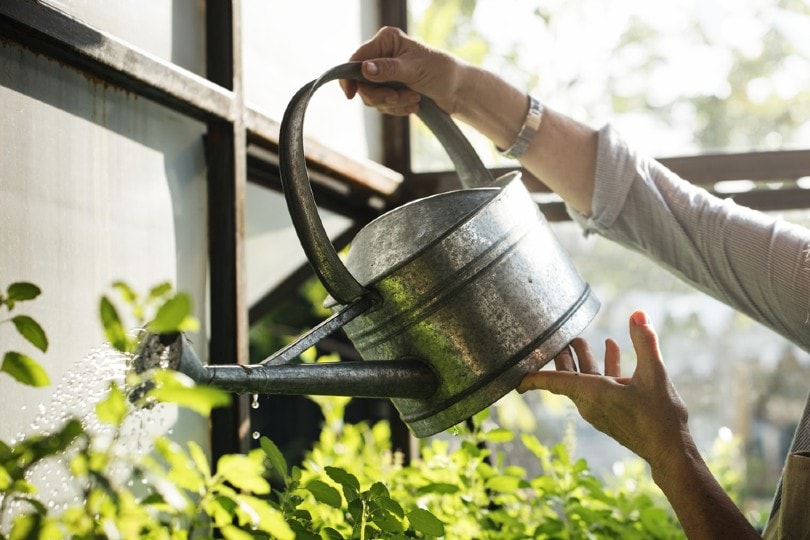
In the wild, money trees grow in areas that get a lot of water. Though it is difficult to overwater a money tree, you certainly can if you aren’t careful. Never allow the pot to sit in standing water because this could easily result in root rot. In short, overwatering, or insufficient drainage of the pot may cause leaves to start dropping and quickly lead to the death of the plant.
Money trees typically do well and should be watered once every week or two. They like more water during the spring and summer, which is the growing season, and a decline in water during all and winter during dormancy. Give it water when the top 2 to 4 inches of soil feel dry. It is ideal to keep the money tree in a self-draining pot. The amount you should water will depend on how large the plant is and how much soil you have in the pot.
Light Requirements for the Money Tree
Money trees should receive around 6 hours of indirect bright light per day and are adaptable to low light conditions, especially during the fall and winter. The plant naturally grows in partial shade and while it can handle some direct sunlight, it can easily become scorched.
Temperature and Humidity Requirements for the Money Tree
The money tree is suitable for growth in USDA hardiness zones 10 and 11. It is not considered cold hardy and should be grown as a houseplant only in colder climates. This tropical plant thrives in temperatures ranging from 65 to 90 degrees Fahrenheit and humidity should be kept around 50 percent.
Thankfully, most houses are kept well within their needed temperature range all year round. As for humidity, it’s a good idea to keep track of where it stands in the household. You can increase humidity by misting the leaves, putting a humidifier in the room, or placing a tray filled with pebbles and water close by.
Choosing the Right Soil and Fertilizer for the Money Tree
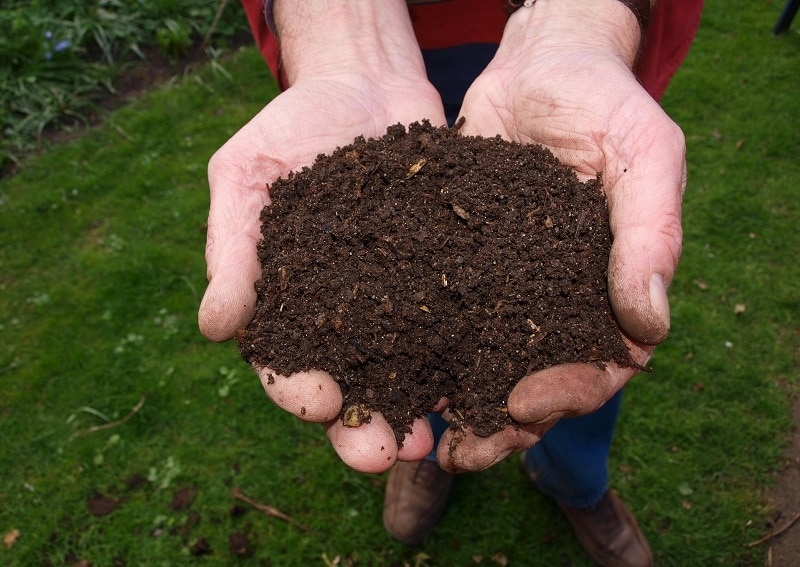
The money plant does best in well-draining, nutrient-rich soil with a neutral to slightly acidic pH. Always choose a pot that is at least one to two sizes larger when repotting, which should be done about every 2 years.
The best soil for money trees should contain a mix of sand, pebbles, perlite, and even horticultural charcoal so that it drains well. Peat moss or sphagnum moss can help slightly bring up the pH.
As for fertilizer, it’s recommended to only use natural fertilizers like manure, compost, or a general fertilizer at half strength. It’s a good idea to fertilize once per month during the growing season.
Pest and Disease Concerns
Money plants are fairly hardy and resistant to disease but have been known to fall victim to Powdery mildew, which is a widespread and easily recognizable plant disease. This disease develops on defoliated debris that has not been removed. Fungal spores develop on the debris and will eventually make their way onto the foliage of the money tree, which can result in infection.
They are susceptible to some of the most common pests found on houseplants including:
- Mealybugs
- Scales
- Aphids
- Spider Mites
- Whiteflies
- Fungus Gnats
Propagation of the Money Tree
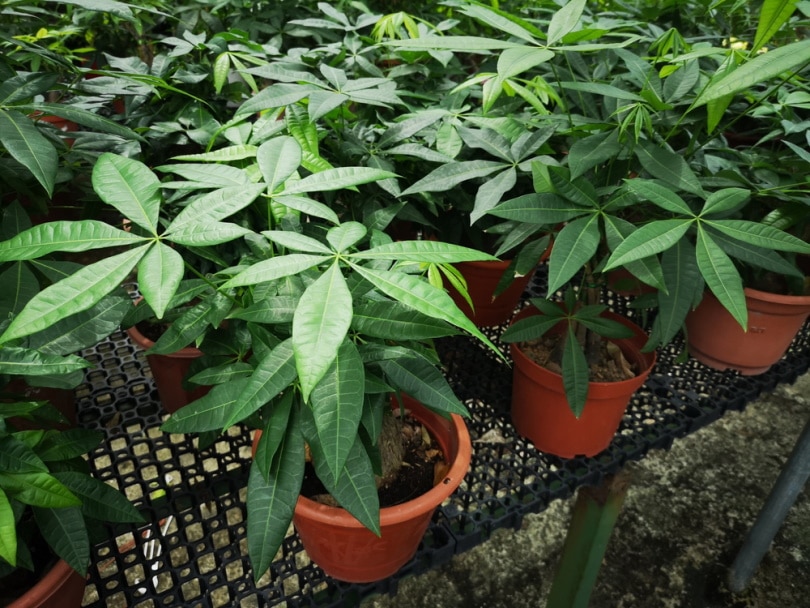
Money trees can easily be propagated through stem cuttings. Take a six-inch branch cutting that includes multiple leaf nodes and snip the leaves off at the lower third of the cutting. You can then dip the stem cutting end in water or directly into moist, well-drained soil.
The Money Tree at a Glance
| Common Name(s) | Money Tree, Water Chestnut, Guiana Chestnut, Malabar Chestnut |
| Scientific Name | Pachira aquatica |
| USDA Hardiness Zone | 10-11 |
| Soil | Well-draining with neutral to slightly acidic pH |
| Fertilization | Once per month during the growing season (spring and summer) |
| Watering | Deeply water when the top 2 to 4 inches of soil are dry |
| Temperature and Humidity | 65-90 degrees Fahrenheit, 50% humidity |
| Lighting | 6 hours of indirect light |
| Propagation | Stem cuttings placed in water or soil |
In Conclusion
The money tree is a beautiful indoor houseplant that is fairly easy to care for as long as you are aware of its basic needs. Not only do they make for excellent living décor, but they are also non-toxic to both humans and pets. If you own one already or are interested in bringing one home, you may just be in for the good fortune and wealth it’s claimed to provide.
See also:
- How To Make Potting Soil for Money Trees (2 Easy Options)
- Is My Money Tree Dying (8 Signs to Look For)
Featured Image Credit: Mid Tran Designer, Shutterstock
Contents
